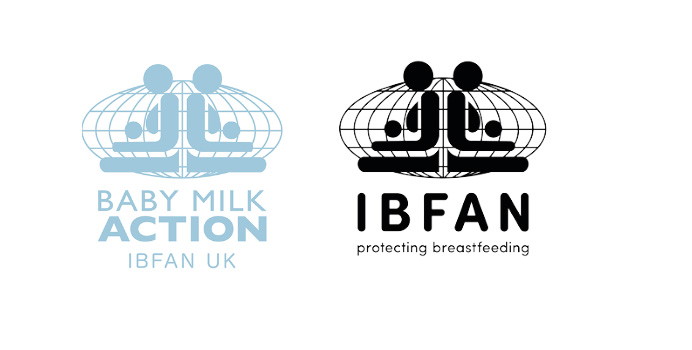CLICK Here for IBFAN’s Infant feeding in Obesity poster
Pediatr Obes. 2013 Apr 2. doi: 10.1111/j.2047-6310.2013.00155.x. [Epub ahead of print]
Socioeconomic status, infant feeding practices and early childhood obesity†
Gibbs BG, Forste R.
Source Department of Sociology, Brigham Young University, Provo, UT, USA.Abstract
WHAT IS ALREADY KNOWN ABOUT THIS SUBJECT:
Children from low socioeconomic households are at greater risk of obesity. Children predominantly breastfed have a reduced risk of early childhood obesity. Yet, it is not known how feeding patterns mediate the relationship between social class and obesity.
WHAT THIS STUDY ADDS:
Based on a nationally representative, longitudinal study of early childhood, this study finds that healthy infant feeding practices, including predominant breastfeeding, mediates the negative association between social class and obesity at 24 months.
BACKGROUND:
Children from low socioeconomic households are at greater risk of obesity. As breastfeeding can protect against child obesity, disadvantaged infants are less likely to breastfeed relative to more advantaged children. Whether infant feeding patterns, as well as other maternal characteristics mediate the association between social class and obesity has not been established in available research.
OBJECTIVES:
Examine the impact of infant feeding practices on child obesity and identify the mechanisms that link socioeconomic status (SES) with child obesity.
METHODS:
Based on a nationally representative longitudinal survey (ECLS-B) of early childhood (n = 8030), we examine how breastfeeding practices, the early introduction of solid foods and putting an infant to bed with a bottle mediate the relationship between social class and early childhood obesity relative to the mediating influence of other maternal characteristics (BMI, age at birth, smoking, depression and daycare use).
RESULTS:
Infants predominantly fed formula for the first 6 months were about 2.5 times more likely to be obese at 24 months of age relative to infants predominantly fed breast milk. The early introduction of solid foods (< 4 months) and putting the child to bed with a bottle also increased the likelihood of obesity. Unhealthy infant feeding practices were the primary mechanism mediating the relationship between SES and early childhood obesity. Results are consistent across measures of child obesity although the effect size of infant feeding practices varies.
CONCLUSIONS:
The encouragement and support of breastfeeding and other healthy feeding practices are especially important for low socioeconomic children who are at increased risk of early childhood obesity. Targeting socioeconomically disadvantaged mothers for breastfeeding support and for infant-led feeding strategies may reduce the negative association between SES and child obesity. The implications are discussed in terms of policy and practice.
© 2013 The Authors. Pediatric Obesity © 2013 International Association for the Study of Obesity.
PMID: 23554385 [PubMed – as supplied by publisher]
